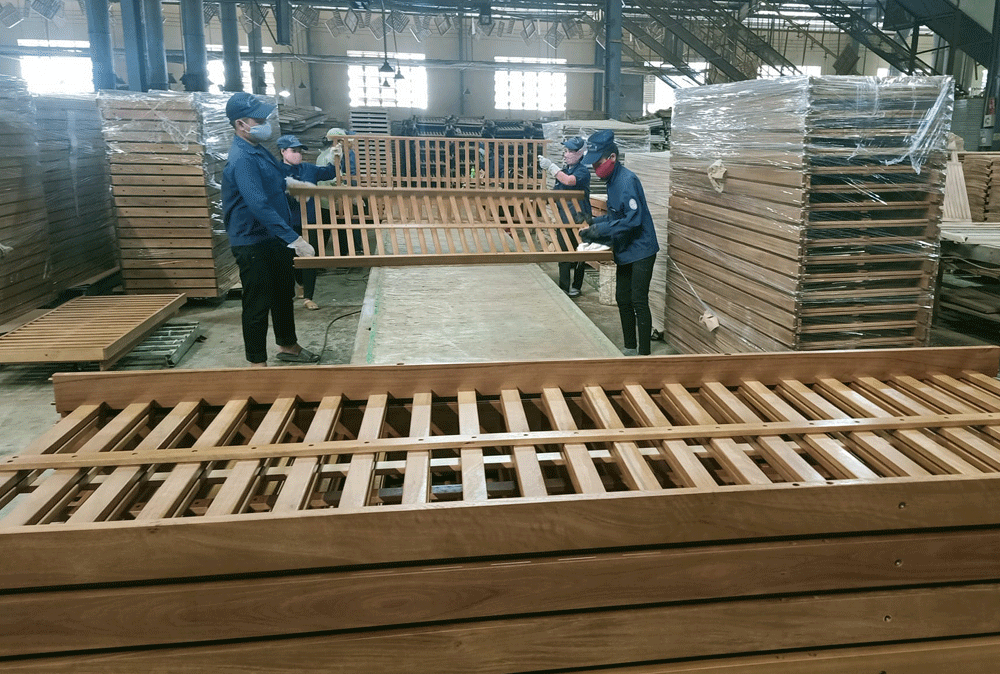
Specifically, Australia imported wooden furniture products worth US$205.6 million from Vietnam last year, representing a rise of 26.4% against the same period of 2021 year. This was followed by Malaysia with US$101.9 million, up 28.4%, and Indonesia with US$61.7 million, up 15.6%.
The proportion of the imports from these three markets accounted for 22.9% of Australia’s total import value. Among the products, wooden frame chairs, along with living room, dining room, and bedroom furniture were Australia’s major import items.
Experts say there remains plenty of room for Vietnamese enterprises to boost the export of these products to this market in the future as the items only account for a low proportion of Australia’s total wood imports.
However, Australia, one of the most demanding markets in the world, has duly implemented stringent quality standards for imported products, while Australian consumers also have a high standard of living and are typically willing to pay for high-priced imported items if they are satisfied with them.
Vietnamese firms are therefore advised to pour investment into modern equipment to launch products in line with consumer trends, improve product quality, and focus on developing brands for wooden furniture products in an attempt to further penetrate the Australian market.
Statistics compiled by the General Department of Vietnam Customs indicate that the country’s export value of wooden office furniture last year dropped by 15.9% to US$370.3 million year on year.
The strongest decline was recorded in major markets such as the United States, Japan, China, and the UK as high inflation forced consumers in these countries prioritise spending on food and essential goods, thereby reducing spending on office furniture.
Industry insiders point out that the export prospects ahead for wooden office furniture this year remain gloomy as the global economy is forecast to continue to face challenges.
Furthermore, Vietnamese office furniture manufacturers are anticipated to encounter numerous difficulties due to high freight rates, along with a sharp increase in the purchase price of raw wood, leading to rising production costs
Source: VOV